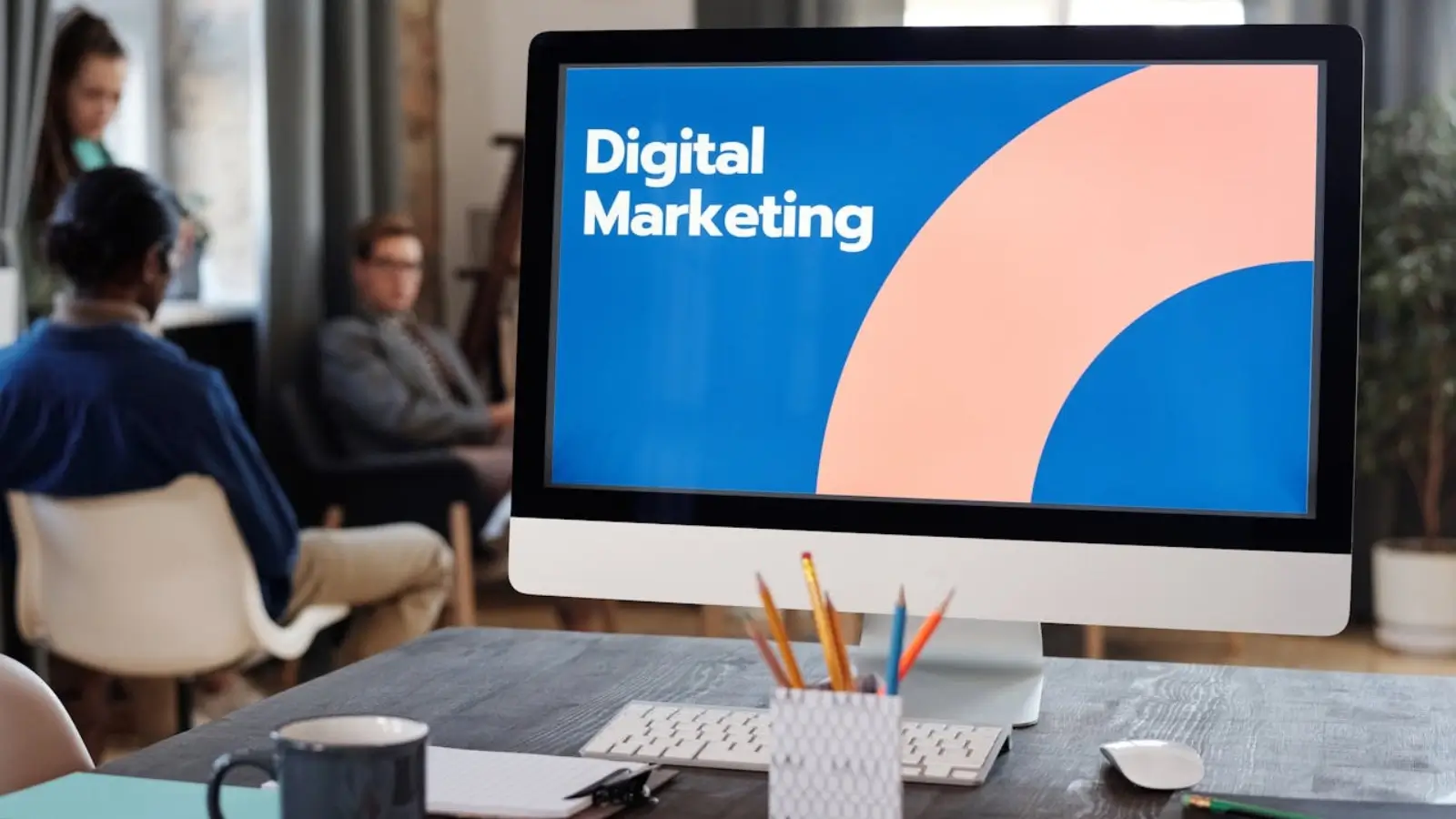


Marketing can feel like juggling too many things at once. You’re posting on one platform, emailing on another, and running ads that don’t always match the rest of your message. If it all feels scattered, you’re not alone. Many brands struggle to make their efforts feel connected and consistent.
A strong multi-channel campaign can change that. When you show up across platforms with a clear message and steady voice, people start to recognize and trust your brand. That leads to better engagement—and better results.
This is especially important in places like Las Vegas, where businesses are constantly competing for attention in crowded industries. Whether you're in retail, events, tech, or hospitality, your marketing needs to work smarter across the board. Let’s walk through how to do that and keep it simple.
Before you post anything, figure out what you actually want to say. What’s the one idea you want people to remember? Maybe it’s a product launch. Maybe it’s a seasonal offer. Maybe it’s just what your brand stands for. Whatever it is, write it down in one or two sentences.
From there, you can shape that message into different formats for each channel. A blog post might explain the story in detail. A short Instagram Reel can share it in 15 seconds. An email might add a call-to-action or extra details to spark interest.
For video content, production quality matters more than ever. Working with a Las Vegas Video Production Company can help you create short, clear videos that work across social, websites, and paid campaigns. The message stays the same, but the delivery adjusts for each platform depending on what your audience prefers.
Keep the tone, visuals, and overall feel consistent so your brand doesn’t feel disconnected. You want people to recognize your message, no matter where they find it or how they consume it.
You don’t need to be everywhere. It’s better to show up in the right places than to spread yourself thin. The key is knowing where your audience spends time and how they prefer to engage with content.
Start by thinking about who you’re trying to reach. Are they professionals checking LinkedIn? Are they teens scrolling TikTok? Are they families reading email newsletters or searching Google?
Once you know that, choose two or three core channels to focus on. For some, that might be Instagram, email, and YouTube. For others, it could be Facebook ads, blog content, and SMS messaging.
Pick platforms where your audience already is. That way, you’re not forcing them to come to you—they’re already there, ready to listen.
Every channel should serve a specific purpose in your campaign. Not all content needs to drive a sale right away. Some might build awareness. Others might help nurture trust or encourage return visits.
For example, Instagram could be used to show off product visuals or behind-the-scenes stories. Your email list might be where you explain details and offer promotions. Paid ads can bring in new leads or drive traffic to your site or a landing page.
Before you create content, decide what the goal is. That makes it easier to write strong calls-to-action and measure how each part is working. With clear goals in place, you’ll know where to focus your time.
Your brand should feel the same wherever people see it. If your Instagram has one tone and your email says something totally different, that creates confusion. People might not trust that both messages are even from the same brand.
Use the same logo, color palette, and fonts on all your platforms. But branding goes beyond just how things look. Your voice matters, too. If your tone is casual and fun on social media, keep that same tone in emails, blogs, and on your website.
Templates can help. You can use tools like Canva, Figma, or Adobe Express to keep designs uniform. And if you have a team, share a simple style guide so everyone’s on the same page when creating content.
Juggling content across multiple platforms can get messy. One way to stay on top of it all is to use a scheduling tool. This lets you plan your posts ahead of time and see how everything connects visually and strategically.
Some popular tools include Buffer, Hootsuite, Later, and Trello. You can build a content calendar, schedule posts, track engagement, and even collaborate with teammates if needed.
Batching your work helps too. Set aside one day each week to plan and schedule posts. That frees up the rest of your week to focus on engagement and other tasks.
Consistency is what helps people remember your brand. A tool makes that easier to manage and keeps you from getting overwhelmed.
You won’t get everything right the first time. That’s okay. What matters is learning from what works—and what doesn’t—so you can keep improving over time.
Watch your numbers. Which posts got the most clicks? Which emails had the best open rates? Which videos got shared the most? Look for patterns.
You don’t have to track everything. Focus on one or two metrics per channel. Then, test new ideas. Try a new format. Change a headline. Post at a different time. See what happens and compare the results week to week.
Small changes can lead to better results. And when you know what’s working, you can use that insight across your entire campaign without guessing.
A good multi-channel campaign doesn’t mean doing more. It means doing the right things with a clear message and a consistent voice. When all your pieces work together—email, social, video, ads, and more—your brand becomes stronger and more trusted over time.
Start with one campaign idea. Pick your key channels. Set a goal. Then shape your message to fit each place. Keep an eye on performance, make changes when needed, and stay consistent from beginning to end.
It doesn’t have to be perfect to work. It just has to feel real, make sense, and show up where it counts. Stick with it, and you’ll see better results with every campaign.